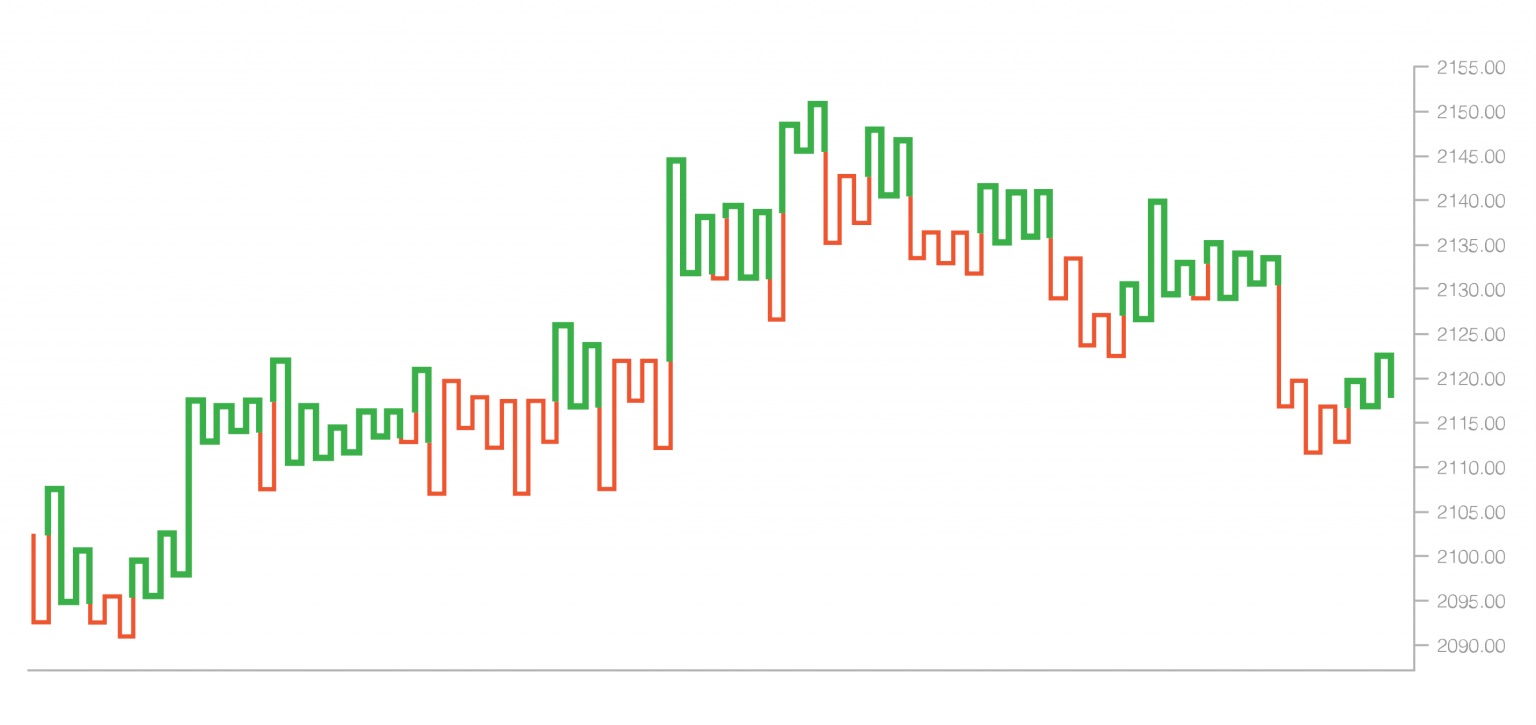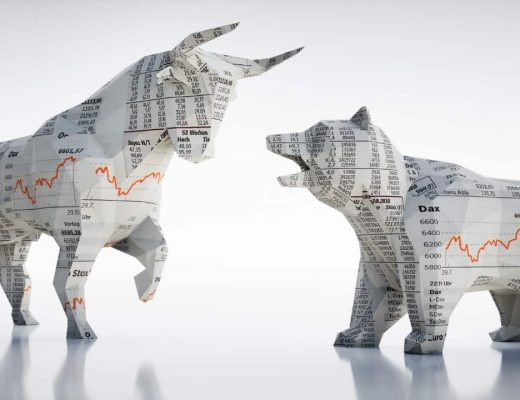How to use the Kagi chart in a trading strategy
The Kagi chart is an instrument for tracking the price of an asset. Outwardly, it can be confused with a linear price chart, but they perform different functions. The latter shows the movement of prices over time.
Visually, Kagi consists of vertical lines and connections. Together, they form a continuous straight line, similar to the letter L or G. The chart contains the following elements:
– the descending line, or Yin;
– the ascending line, also known as Yang;
– shoulder – a line connecting the ascending and descending trend;
– waist – the junction between the downward and upward movements.
An important factor in charting is the amplitude, which represents price fluctuations. However, this does not consider the price change over a given period.
The deviation for a particular value should be a part of the chart plotting process. In addition, a trader can use ATR data to track deviations in percentage form. A Kagi is a formation when the price movement is lower than the previously set value.
The chart combines the characteristics of a Renko and a linear breakout. The result is that the Kagi can filter out noise and provide a warning of a possible trend reversal. The tool is generally easy to analyse and not difficult to construct.
Signals
The Kagi chart provides specific signals that traders can use to develop strategies. Among them are:
1. A two-coloured Kagi means that the market is in equilibrium. This signal can indicate a change in trend.
2. A Yin red colour line indicates a bearish trend. In this case, it is possible to sell.
3. The green Yang line signals an excellent time to buy. The market is bullish.
Statistically, a trend cannot exceed the length of 10 Kagi. In addition, the trader should remember that the average lines on this chart do not carry any useful information.
Chart features
Experts most often use Kagi in conjunction with Japanese candlesticks. Such a tandem provides information and ease of use. However, like any other tool, Kagi is not without its pros and cons.
Advantages:
– it screens out sideways movements and minimises market noise;
– the tool signals a period of trend reversal;
– the chart allows you to track support and resistance levels easily;
– it works well with MACD indicators.
Disadvantages:
– the presence of delayed signals;
– the chart does not work well when used with indicators that use volume;
– it can give false signals.
The best way to use the Kagi is to confirm or deny the trend’s influence. Combining Kagi with other instruments allows you to find the ideal time to open or close a trade. This, in turn, can be an effective way to trade the market.










